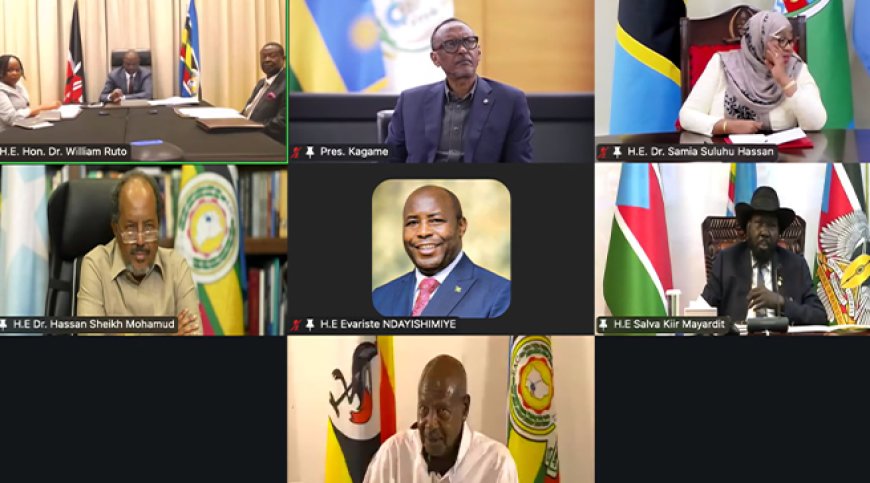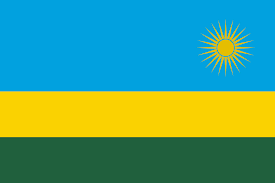Divisions Emerge in East African Community (EAC) as Member States Favor National Interests Over Regional Stability in Eastern DRC
Growing divisions within the East African Community (EAC) over the security situation in eastern DRC. Individual member nations prioritize their own interests, undermining regional cohesiveness and peace initiatives. Insights from President Kagame and numerous analysts underscore the challenges facing the EAC.

Political experts believe that if the East African Community continues as it is, where countries tend to pursue their interests, it may not achieve its intended goals. These ideas are based on the lack of consensus among some member states' leaders on specific issues, which could cause its collapse. The deployment of the East African Community Response Force (EACRF) to the East of the DRC in 2023 was a decision that the head of state of the member states considered one of the paths towards peace in the region.
The Ugandan military spokesman, Maj. Gen. Felix Kulayigye, explained that the country’s leadership did not welcome the EACRF because it wanted to use it for purposes outside its mandate.
He said, “The objectives of the East African Community Response Force (EACRF) were to create a mechanism for political dialogue. In December 2023, these forces were asked to pack up and leave because they did not respect the request of the Congolese government to fight M23, which was contrary to the agreements we had been given. That is where, in my opinion, the opportunity and the way to solve the problems of M23 disappeared.’’
They were blinded by the fact that some member states of this community were behind and sent their troops to the DRC to fight M23. Me Aloys Mutabingwa, a former Deputy Secretary General of the EAC, explains that this is a sign of betrayal by countries that did not want the dialogue process to be implemented.
President Kagame also expressed concerns about the future of the EAC when some of its member countries do not agree to implement the decisions they have taken together.
He said, “When will we align what we say and what we do to get what we want? When will we achieve this? I don't see it.''
He pointed out that, like in the last meeting, President Tshisekedi of the DRC did not attend and is currently seeking a solution to the problem in his country.
He said, "So I do not believe that what we are discussing can be a way to solve this problem."
The issue of insecurity in the East of the DRC is one of the issues that the EAC heads of state often discuss, but some countries are blocking its resolution in their own interests.
 Kinyarwanda
Kinyarwanda
 English
English









































































